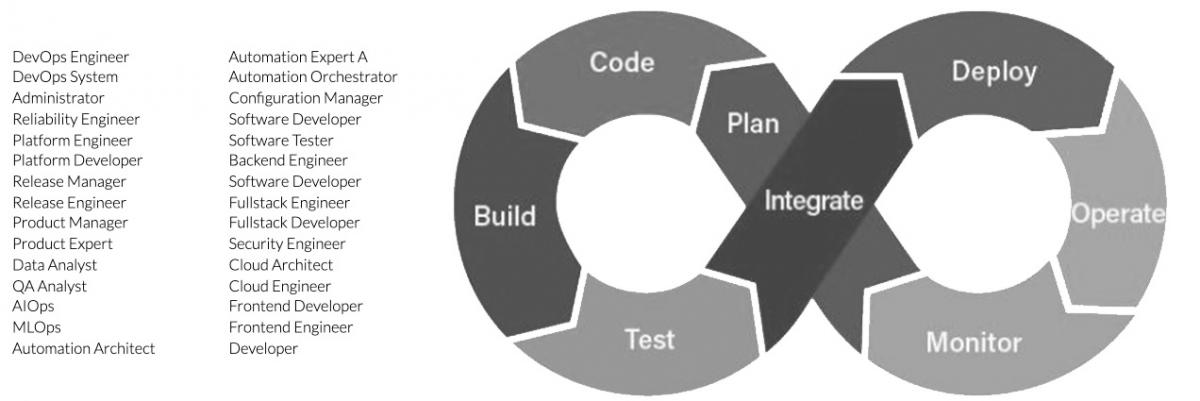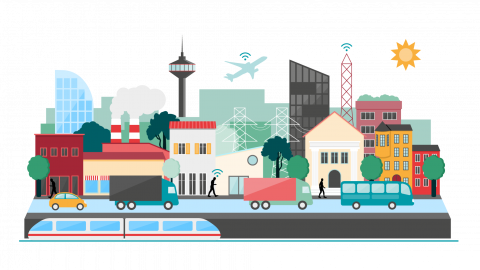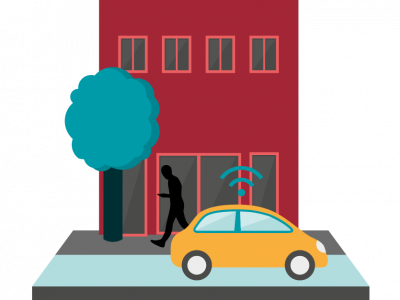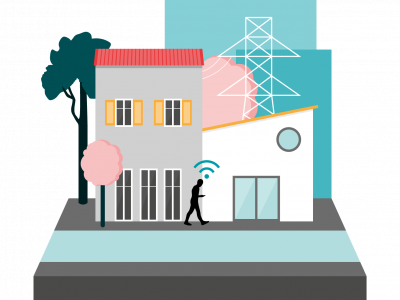
DevOps improve daily working life, performance, revenue, and profitability. It is about changing culture and building agile organisations.
What is DevOps?
DevOps is a way of working that brings development and operations together to deliver software faster and more reliably.
Key benefits:
- Automates workflows and deployments
- Improves collaboration across teams
- Enables faster releases and easier maintenance
- Supports modern toolchains for coding, testing, monitoring, and more
DevOps helps IT teams and leaders build scalable, efficient, and resilient systems.
Taking full advantage of modern technology
DevOps is no longer a trend – it has become the standard for modern software development and operations.
Why DevOps matters:
- Faster delivery and better collaboration
- Automation replaces manual tasks
- Improves performance, stability, and scalability
- Supports agile teams in a fast-changing world
DevOps is about culture, responsibility, and using the right tools to get the right work to the right team – at the right time.

DevOps projects - in more detail
The value of DevOps is applicable to all companies, from big to small. With our DevOps services, we help you with:
- Decreased time from idea to deploy
- Self service capabilities for developers and business
- Removed silos – align objectives and establish efficient processes
- Decreased incident management time
- Capability to manage parallel dev and prod environments
- Released budget and capacity for innovation rather then maintenance
- Portability across distribution environments
- Minimized downtime through increased transparency, configuration management and compliance






